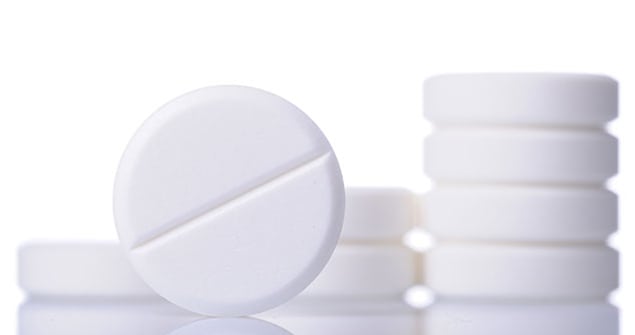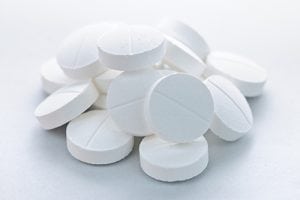
Learn more about Methadone and its uses, side effects, and more.
First used in maintenance therapy as part of treatment for heroin dependence following World War II, methadone is a painkiller classified as a synthetic opioid analgesic. It is administered in pill and liquid form or as dissolvable tablets placed under the tongue.
- Methadone is available under the brand names Dolophine, Methadose, Methadone Diskets, and Methadose Sugar-Free
- As Dolophine, methadone is available in 5mg and 10mg doses
CONTACT US TODAY
Uses
Due to its long-lasting effects and potent analgesic properties, methadone is primarily used for the treatment of chronic, severe pain. It’s also provided at methadone clinics and used during the detoxification process to minimize or prevent withdrawal symptoms and block the euphoric feeling associated with other narcotics such as OxyContin and fentanyl. It’s sometimes used to treat chronic coughs. It is not meant for use by pregnant or nursing women or patients who experiencing any of the following conditions or health issues:
- Heart disease or a heart-rhythm issues
- Low magnesium or potassium levels
- Breathing or respiratory issues
- Brain injuries or tumors
- Thyroid problems
- Urinary conditions
- Kidney or liver disease
- A history of addiction or mental issues
Side Effects

- Development of a tolerance or dependence
- Chronic high blood pressure
- Anorexia and other appetite issues
- Sweating or itching
- Mood changes
- Seizures
- Blurred vision
Tolerance and Dependence
Considered extremely habit-forming, methadone is often cited as one of the drugs that has contributed to increased rates of prescription drug addiction and in the United States due to a high potential for abuse and the rapid rate at which a physical dependence can develop. Tolerance may develop from long-term use or by intentionally taking more of the medication than what is prescribed. The U.S. FDA issued a public health alert in 2006 urging doctors to be cautious with prescriptions and stressing the need to take the medication as prescribed to reduce the risk of developing a dependence on it.
Withdrawal Symptoms
Withdrawal symptoms associated with methadone are often more severe than symptoms experienced with other opiate drugs. Related symptoms, which may include nausea and vomiting, diarrhea, fever and chills, tremors, general aches, anxiety or depression, and sneezing, may last anywhere from 2 to 4 weeks to several months. More severe withdrawal symptoms may include:
- Delusions or hallucinations
- Increased irritability or agitation
- Chronic insomnia
- Suicidal tendencies
- Paranoia
- High blood pressure
Similar in chemical structure to heroin and morphine, methadone works on opioid receptors in the brain. As with other narcotics, use for pain relief purposes is meant to be short-term. While there are positive uses for methadone when it is administered in correct dosages, it is not meant to be a “cure” for addiction. It can, however, be useful in easing withdrawal symptoms as patients are weaned off of other opiate drugs.


